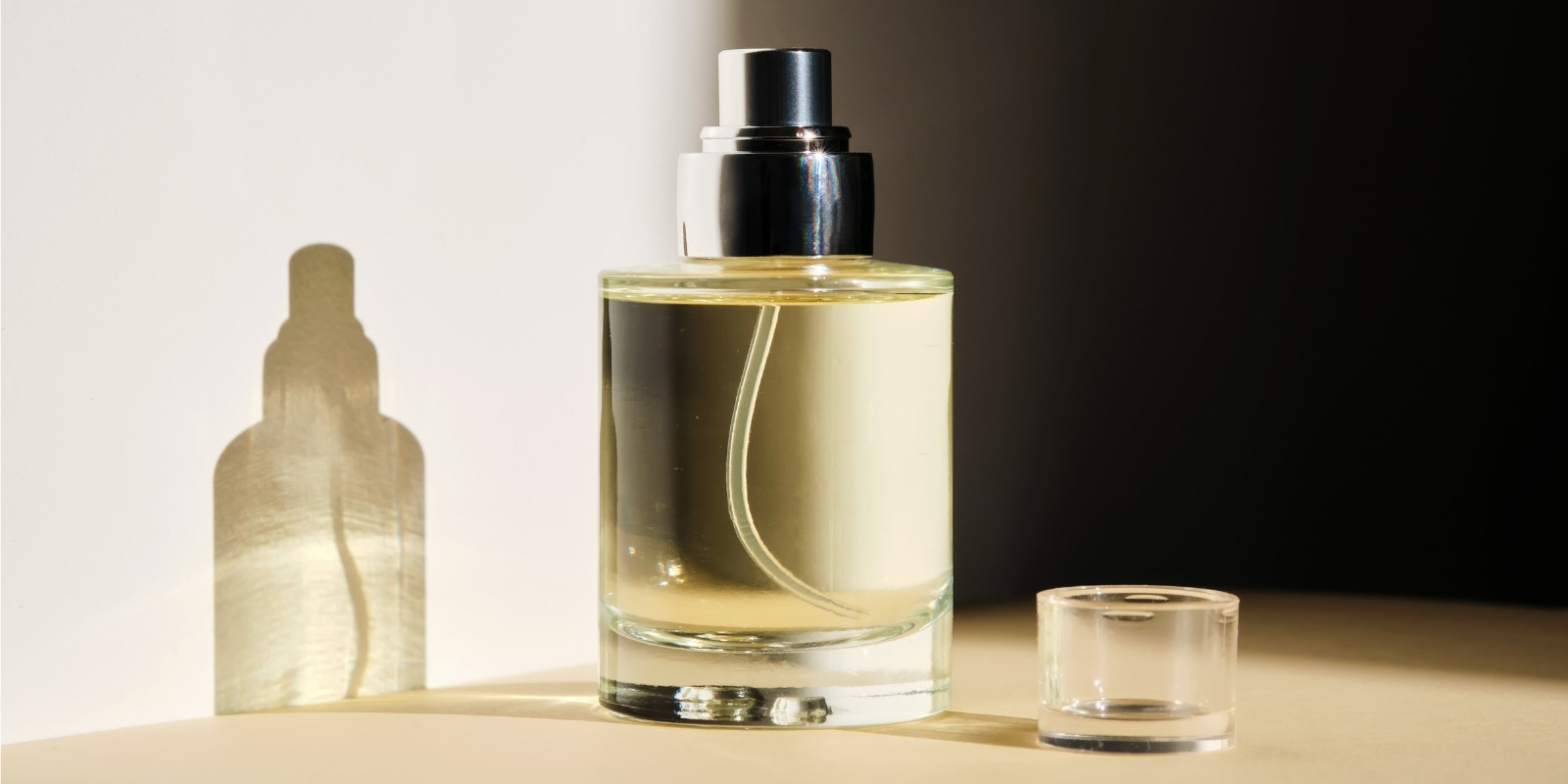I wish I could say I am not prone to falling for nostalgia baits. But if my enjoyment of those engagement farming 90s kids nostalgia posts is anything to go by… I recently found myself looking at and enjoying older perfume bottles with a feeling of longing and a pit of despair in the pit of my stomach over something as trivial as perfume bottles. Call me overdramatic, but seeing the attention to detail in those bottles made me realize we’re in a sad perfume bottle epidemic.
Looking back at your older pictures reveals the culture and trends of that era. A look at a perfume bottle can tell you about the trends of the time, its political landscape, even the general mood of the larger population.

Take the Schiaparelli Le Roy Soleil bottle. It’s more than just a container for a wonderful fragrance; it’s a piece of art in itself. It reflects Elsa Schiaparelli herself, a woman who could never be accused of minimalism. It was made in 1946 to celebrate the end of the second World War, a return to opulence after the austerity of war. The stopper is shaped like the sun and together with the bottle creating the image of sunrise– a new beginning after a grim time, bright and hopeful.
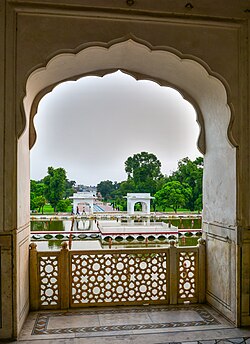
Not all of them had such grand connotations, but they were still artistically inspired. Shalimar was designed after the basins in the Shalimar gardens in Lahore and its blue topper was a Baccarat crystal. The outline of the label with the Shalimar name looks inspired by the architecture of the same garden.
Comparison is the thief of joy, but I can’t help but compare older bottles with the bland nothingness of today. Everything is a nondescript rectangle or cylinder with the most basic plastic cap you can get. If you’re lucky, there will be some color and the cap will be magnetic. The label is almost always plain, a boring font in a boring background that almost never says anything about the fragrance within.
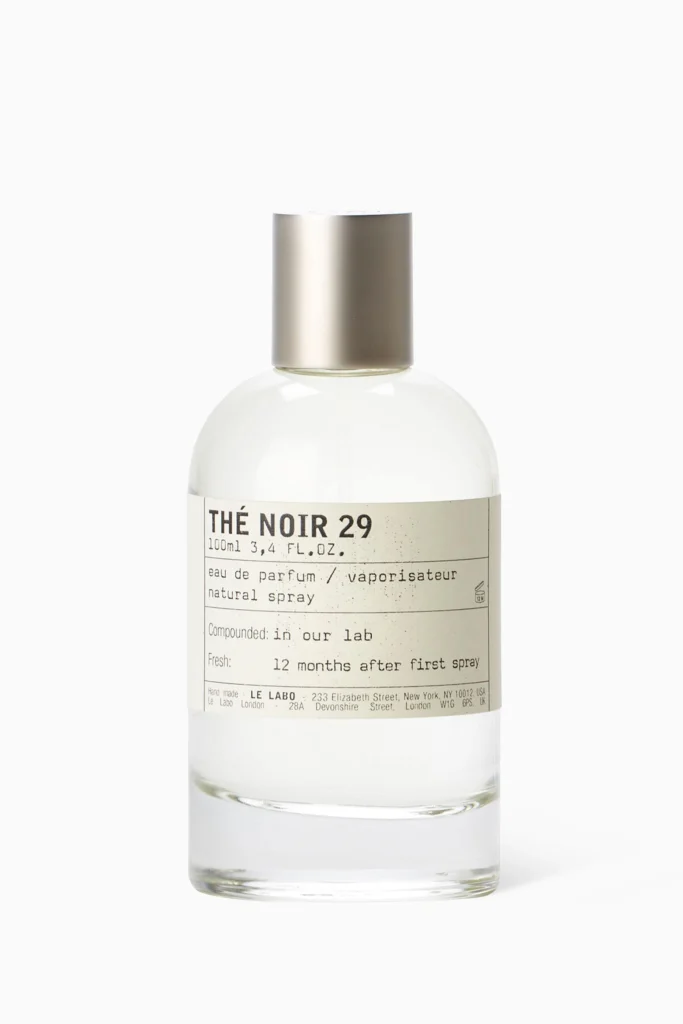
Bottles like the ones used by DedCool and Le Labo feel like they were dropshipped from Alibaba, all uniform and saying absolutely nothing. Just a container like a use-and-throw water bottle with no story, no inspiration, nothing for us to find joy in. Even the more expensive perfume collections offered by designer brands go for plain designs.
You can argue, of course, that the perfumes are expensive because the product itself is of superior quality. That nothing should matter other than what’s within. Of course it’s the fragrance itself that matters but it doesn’t excuse the neglect of other features of the product. This rings true especially when it comes to luxury offerings. In my books, luxury shouldn’t just be about function and quality. It should have features that aren’t strictly necessary but added anyway for you to feel good about yourself. To signal to the rest of society that you can spend on frivolities others cannot have.
You can also argue that such perfume bottles do have a design that reflects their product- minimalism. What’s annoying is that minimalism has become every brand’s own ‘unique’ philosophy. It makes one doubt whether it truly is what they’re all about or if it’s just a financial decision.
Is it that deep?
Whenever someone makes an observation about fashion or beauty, a popular response is that it’s not that deep. It’s simply the cyclical nature of trends or the market following what the people demand. It would be nice to agree and move on. But no consumer decision is made in a vacuum. You may like minimalism but it’d be a little silly to pretend you weren’t influenced in any way to like what you like.
I’m always reminded of the conversation in The Devil Wears Prada about the cerulean blue sweater. The conversation between Miranda Priestly and Andy Sachs shows that none of the decisions we make, even the simplest ones like wearing a ‘lumpy blue sweater’ is fully ours. It is selected for us by the most powerful and influential in the industry and while we may not be able to escape them, we can at least be in the know.
It is that deep
All about the money
The first and most obvious reason for the sad personality-averse bottles is financial. The more details any item has, the less easier it is to manufacture. Every minor detail is one additional step and no amount of money saved is too little for a business. A rectangular or cylindrical bottle is standard, easier and cheaper to make. It’s about economies of scale- there’s cost advantages to producing a higher volume of the same item. With every bottle in Dior’s La Collection Privée looking the exact same with only the label to distinguish them, Dior cuts down significantly on manufacturing costs. This makes sense for niche perfume brands as all their resources are better spent in the fragrance rather than the bottle, but inexcusable in luxury perfumes.
It’s not just the perfumes
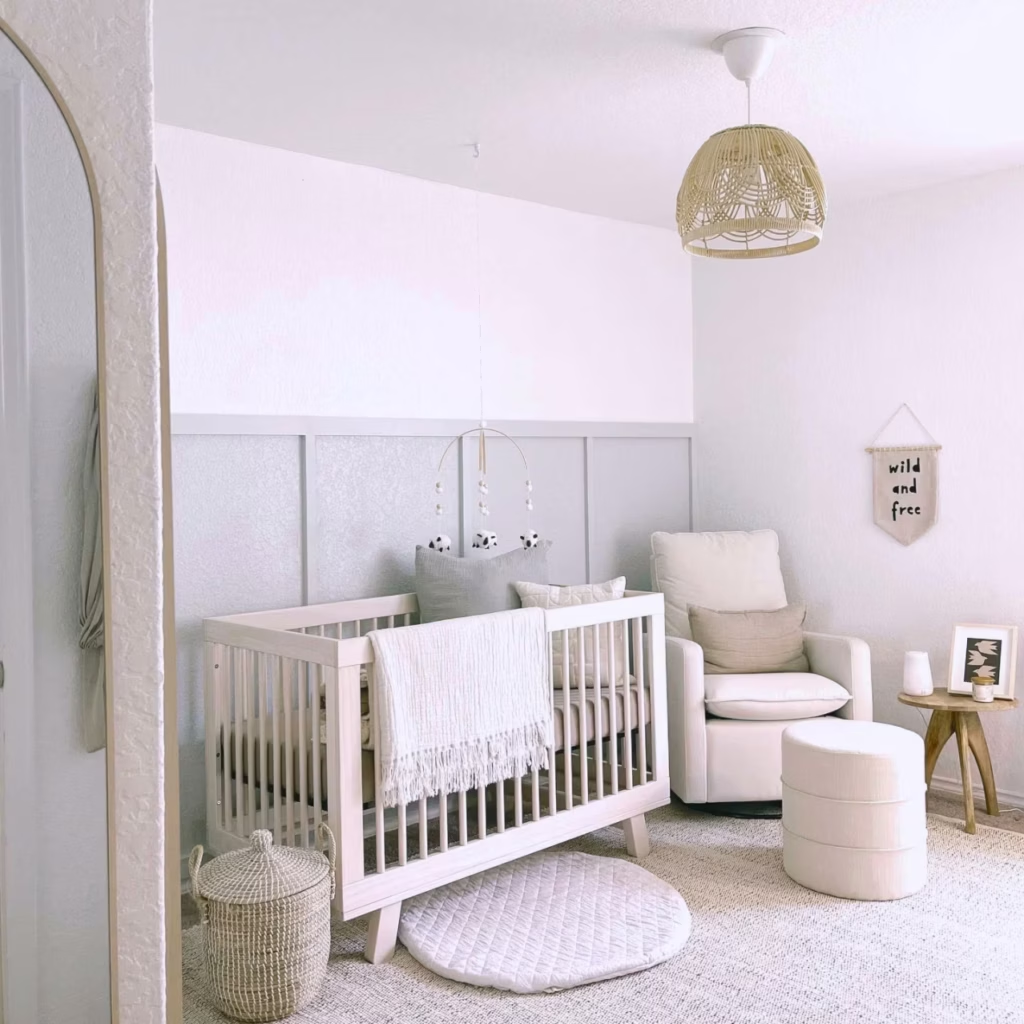
It’s not just perfume bottles that look bland. Makeup looks have gotten tamer with the rise of no-makeup-makeup looks. The millennial grey aesthetic has taken over every space, making homes look like sterile corporate spaces. And don’t even get me started on the sad beige moms who raise their kids in muted colors. The average home today is less colorful than homes of the past. Clothing racks at department stores are filled with muted colors. A beautifully designed bottle with character would stick out like a sore thumb on a plain white Ikea vanity or plain white marble counter. A minimalist bottle simply goes with the aesthetic.
Short lives
Products are designed to artificially have a shorter life so the industry can keep making more and selling you more of their product. The era of having beautifully crafted items to pass down to your grandkids is fading away. While you got an intricately designed antique makeup compact you can cherish, you kid will have a lump of plastic. When everything is designed to be thrown away to encourage more purchase, there’s no point in infusing beauty into anything.
Too many perfumes
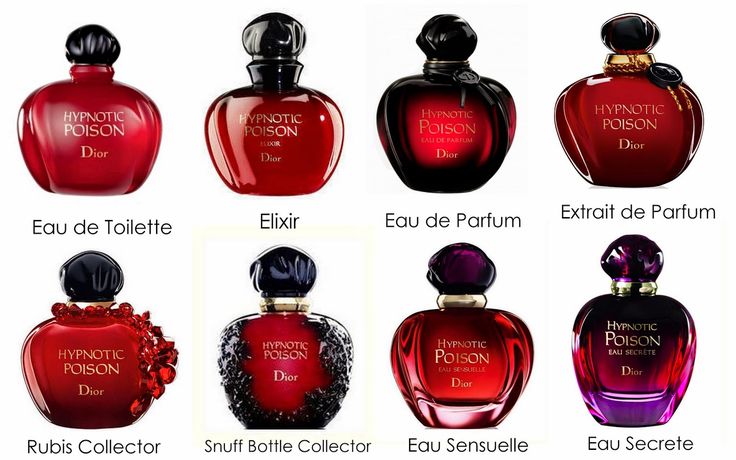
The same values that underlie things intended to be thrown away are behind the making of too many things.Releasing multiple perfumes in one year is now the industry norm. It’s no longer just a few brands catering to the aristocracy anymore. There’s competition from all directions and as a brand you need to keep up or be left behind. You need to come up with new fragrances, compete with others, and make your own version of someone else’s popular product. Trends must be followed- every brand needs its own sickly sweet gourmand and fresh, clean laundry scent for the clean girls. Few things are unique and with the trend cycle being as quick as it is, you have to get the product out there as quickly as you can lest the market move on to something else.
A lot of these fragrances tend to be flankers- new or modified versions of an already existing perfume. I’m not entirely against them. They’re useful for a company to expand their market beyond their existing base. It gives people more options. But it gets to a point… When most new fragrances are just a minor modification of another, it isn’t profitable to spend time and money on research and development for just the bottle. It is safer to make a small tweak to a popular perfume and send it out into the market. You already know people love it, you’re not taking any risks. Lower the chances of failing, higher the chance of profits. So we get the same old stuff, recycled over and over.
Universal appeal and the death of creativity
Everything has to make the most profit as it can so you need to sell it to the most number of people as you can. Few things are made for a particular target group to enjoy anymore. So you design the safest possible bottle as fast as possible. When you’re making something with universal appeal, you succeed in universal acceptance but not universal love. No space for uniqueness or creativity.
It’s not just corporations afraid to experiment anymore. It’s the general public- consumers, if you will. Beauty is very manufactured and has no space to be adventurous or deviant- natural make up looks, cosmetic surgeries, anti-ageing products and the obsession with it in everyone from preteen girls to adult women. Everything has to be beautiful but only in a socially acceptable way. To be clean, to be naturally beautiful when you’re actually spending too much to look like you’ve done nothing to beautify yourself. As we become a less adventurous, more empty population, so do the things we surround ourselves with. Everyone is too afraid of being ‘cringy’ to put themselves out there and be different.
Anything that’s different is quick to be ridiculed and though we preach uniqueness, we all have a desire to fit in and belong. A silly little example of it is the hatred towards the Carolina Herrera Good Girl bottles. There is good reason to hate it. It’s difficult to maneuver, for one. But I have seen too many comments with an exaggerated level of hatred towards the bottle to a point where people who like the fragrance say they refuse to repurchase it because they hate the appearance of the bottle so much.
It seems no bit of creativity will go unpunished.
In a quest for safety and reducing negative opinions as much as possible, we have removed anything that could warrant criticism from ourselves and the things that surround us.
Minimalism as luxury
I ask that we return to the ‘lumpy blue sweater’ scene from The Devil Wears Prada. None of our preferences are accidental. Trends aren’t accidental, most likely manufactured in a boardroom to sell more at the lowest possible cost for the business. Do you even like minimalism or is it simply what you’ve been made to like?
There is benefit to pushing the most basic nonsense as something of value. Quiet luxury. Old money. All of a sudden, emptiness is the pinnacle of luxury. We’re told that people who own the world- the old money folk prefer simplicity. That we should emulate those hoarding the world’s wealth is already lamentable. But the marketing of private jet owning class as being quiet in their luxury is simply a way to make you aspire for cheap to produce nothingness.
All is not lost…
Some brands are swimming against the tide. We may never get the Rene Lalique style bottles of our past, but many perfume brands still infuse art into their bottles.
Memo’s labels are creative expressions of the perfume within, maintaining the popular square body and clean lines without compromising art. Rare Beauty has gone for a functional and creatively shaped bottle for their first perfume. Guerlain still makes some ornate glass bottles, rare and incredibly expensive but not entirely gone. Orebella has their uniquely faceted bottles and I love them no matter how much it bothers me that you have to pay extra to get a stand to hold the thing up. Penhaligon’s Portraits collection simply has the best bottle caps.
I do appreciate the small things perfume houses do for a creative bottle, but gosh do I wish it was the norm rather than the exception…
